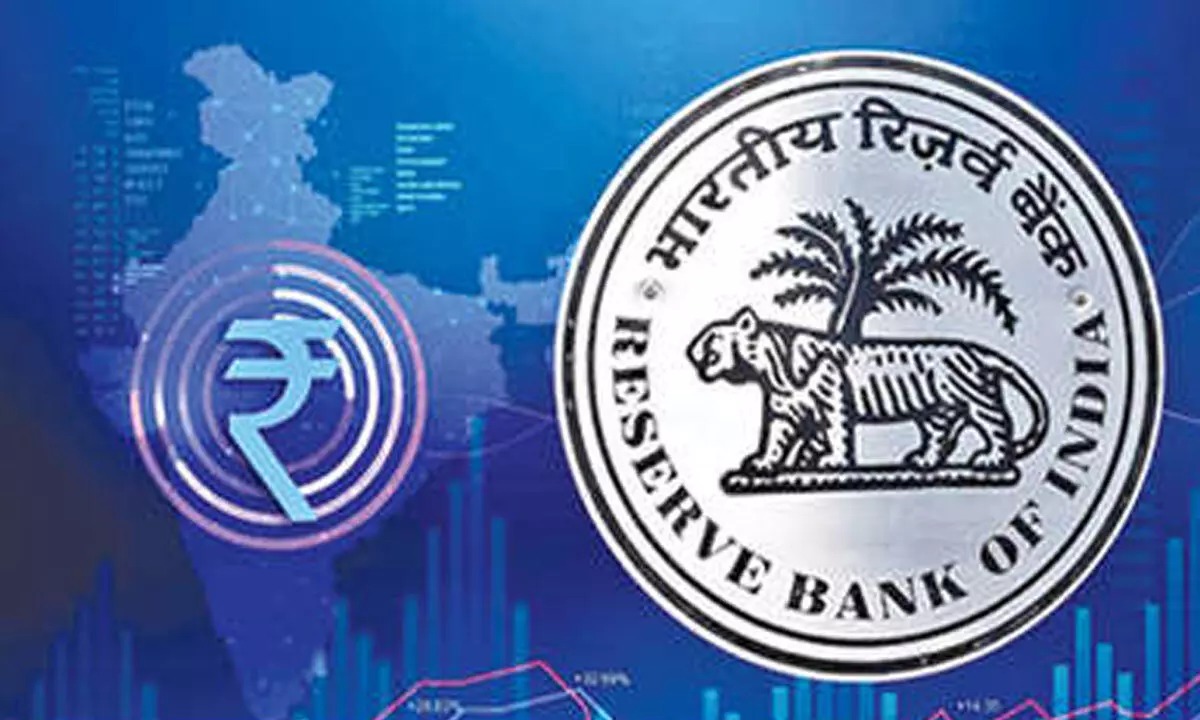India’s central bank is reportedly intervening in currency markets to stabilize the rupee, which has been hovering near historic lows against the US dollar. Traders observed state-run banks offering dollars around the 88.70 mark, likely on behalf of the Reserve Bank of India (RBI), as the rupee struggles under pressure from foreign outflows, trade tensions, and rising US tariffs.
Key Market Movements
- The rupee touched a record low of 88.7975 earlier this week before rebounding slightly to 88.68
- USD/INR corrected from its all-time high of 89.12, signaling mild central bank activity
- The US Dollar Index remains strong near 97.90, adding pressure on emerging market currencies
Trade Tensions And Visa Fee Shock
- Washington’s 50% tariff hike on Indian imports, including penalties for Russian oil purchases, has triggered investor anxiety
- A one-time $100,000 fee on H-1B visa applicants is expected to dent margins for Indian IT firms, with TCS already hitting a 52-week low
- Commerce Minister Piyush Goyal’s recent US visit aimed to ease tensions and boost energy trade
Investor Sentiment And Equity Impact
- Foreign Institutional Investors have offloaded over ₹19,000 crore in September alone
- Equity indices BSE Sensex and NSE Nifty 50 dipped 0.3%, with IT stocks down 1%
- Overseas debt repayment costs are rising, straining corporate and government finances
Looking Ahead
With inflationary pressures mounting and the rupee’s weakness affecting everything from education to travel, RBI’s cautious intervention may offer temporary relief. However, sustained volatility and global headwinds suggest that more robust policy measures may be needed.
Sources: FXStreet, Hindustan Times, MSN Money, ThePrint, Economic Times, MarketScreener

